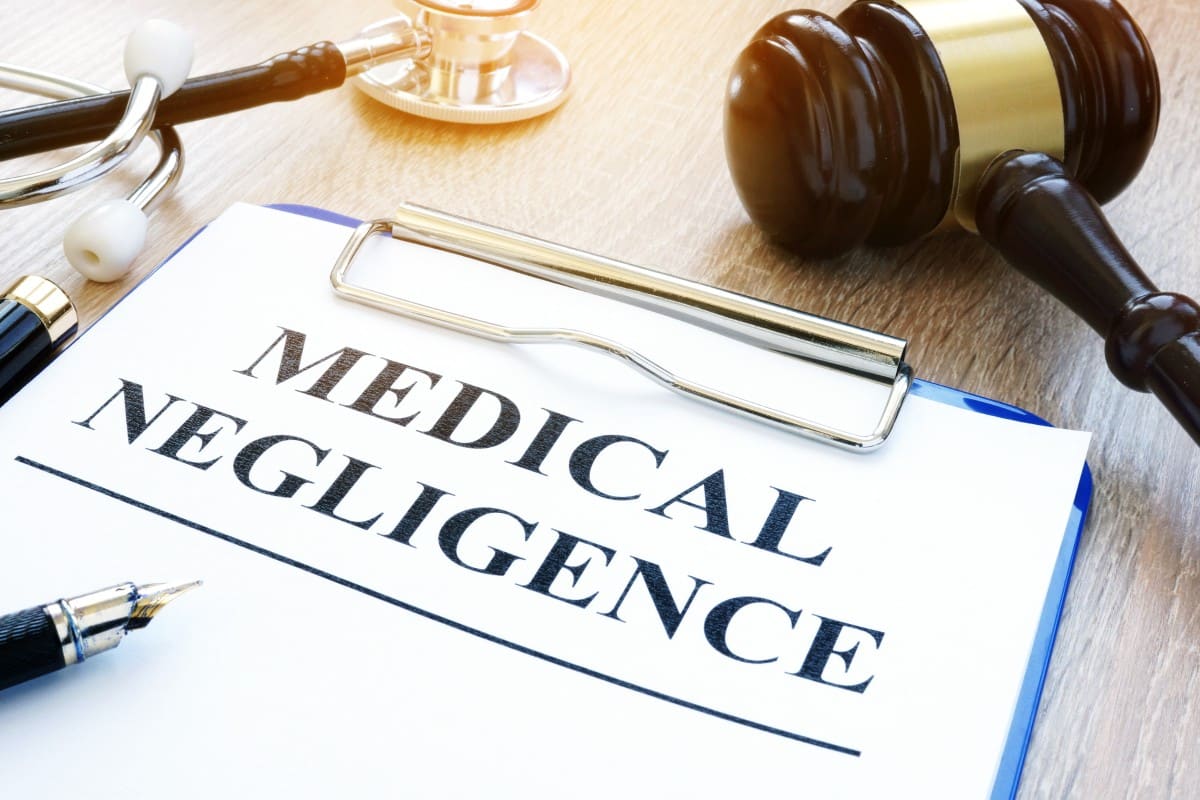For many parents, there’s a constant undercurrent of concern about keeping their kids safe—watching them explore the playground, travel to school, or simply run around the house. Accidents can and do happen, even under the watchful eye of a caring adult. When a child is injured and someone else’s actions (or inaction) might be at fault, it’s natural to wonder whether there’s a legal pathway to address the damages. A personal injury claim can be that pathway, offering a structured approach to seek compensation for medical bills, future care, and other hardships that arise from an avoidable injury. Understanding how these claims work—especially where children are involved—can help families navigate an already stressful scenario with a bit more clarity.
Below is a detailed look at personal injury claims, the steps they often involve, and what parents can expect when a child’s well-being is central to the case.
The Essentials of Personal Injury Claims
Personal injury law generally addresses situations where a person is harmed because someone else was negligent or reckless. Common examples include car collisions, slip-and-fall incidents, and injuries caused by defective products. A successful claim typically involves proving four elements:
- Duty of Care: The responsible party owed a duty to act safely or responsibly.
- Breach of Duty: They failed to meet that duty through negligence or wrongdoing.
- Causation: Their breach directly caused the harm in question.
- Damages: The injured party suffered losses (financial, physical, or emotional) due to this harm.
When an adult is hurt, they can file a claim on their own. But when a child is the one suffering an injury, additional legal considerations come into play. This might encompass everything from appointing a guardian to oversee the case to crafting a plan for how settlement funds will be used to cover ongoing needs. Regardless of who is involved, gathering evidence—like medical records, eyewitness statements, or photographs—lays the foundation of a strong claim.
The Role of Medical Documentation
Any personal injury case hinges on credible proof. Medical documentation often forms the backbone of that evidence, offering an objective record of how serious the injury is and what treatments are required. Providers may recommend follow-up appointments, therapy sessions, or medication. When a child is involved, these records can be especially detailed, since children might heal differently than adults or develop new symptoms over time.
It’s worth noting that well-documented injuries serve dual purposes. First, they help in legal proceedings by underscoring the severity of the incident. Second, clear and consistent care benefits the child’s recovery process. According to the Centers for Disease Control and Prevention, pediatric injuries often demand specialized attention because kids’ bodies are still growing. Prompt, thorough documentation ensures no potential complication is overlooked, whether it’s a physical ailment or lingering emotional stress from a traumatic event.
Keeping Families in the Loop
Personal injury claims can become a drawn-out process, with negotiations, paperwork, and possibly court appearances if a settlement can’t be reached. Parents who find themselves in this situation might wonder how often they’ll need to meet with legal counsel, how to communicate with insurance representatives, and when they should expect progress updates.
Consistent communication is key. Families benefit from picking an attorney or advocate who takes time to break down steps like “discovery” (where both sides gather evidence), “mediation” (where settlement discussions often happen), and “trial” (if no compromise is found). Clarity around these phases can ease the unease that comes from not knowing what comes next.
While the legal system can seem formal, it’s designed to resolve legitimate disputes fairly. Even so, parents might feel emotional or anxious. Speaking openly about questions or concerns—like how stress might affect a child’s recovery—helps to ensure that both legal and medical efforts align in support of the family’s best interests.
When a Child’s Legal Status Matters
The legal framework shifts when a minor is involved in a personal injury claim. In many jurisdictions, guardians (often parents) must handle the claim on a child’s behalf. This arrangement exists because children usually aren’t considered able to make complex legal decisions. Any settlements or awards might be subject to court approval, ensuring funds are used responsibly for the child’s immediate or long-term needs.
One comprehensive discussion explores how children’s interests are addressed in injury cases, highlighting ways guardians can act on their child’s behalf. This includes steps for ensuring the settlement covers not just present medical bills but also potential future costs, like physical therapy or counseling that might arise from the injury. Such a perspective underscores the system’s aim: to protect minors who may not fully grasp the ramifications of legal decisions, yet will carry the outcome of the claim into adulthood.
The Emotional Aftermath
An injury does more than impose financial burdens; it can unsettle a family’s sense of normalcy. Children might fear returning to the place where the accident occurred, such as a friend’s house or playground. Parents could wrestle with feelings of guilt or anger, especially if they believed an institution—like a school or daycare—failed to uphold essential safety standards. While legal claims focus on compensating measurable losses, they also acknowledge the emotional and psychological toll these incidents can take. Settlements may account for therapy sessions or other interventions to foster emotional healing.
For many families, community and professional support play a role in the recovery process. They may reach out to pediatricians trained in trauma care, counselors equipped to help kids cope with anxiety, or spiritual organizations that offer communal strength. Balancing these emotional aspects with the practical demands of an injury claim can feel overwhelming at times, but the combination of formal support systems and personal resilience often paves a path toward stability.
Planning for the Future
Once the immediate crisis of a child’s injury eases, the question arises: How can parents ensure their child’s financial and physical well-being continues to be protected? Settlements or court awards might be placed in a special account or trust, managed carefully until the child reaches adulthood. Such arrangements are designed to shield the funds from misuse while guaranteeing they remain available for pressing medical or educational expenses.
For example, if a settlement is granted and a portion is earmarked for future procedures, parents might coordinate with healthcare providers well in advance to estimate timelines and costs. Staying proactive is key here: verifying that money is set aside for potential surgeries, assistive devices, or rehabilitation therapies can safeguard a child from unexpected challenges down the road.
Working Together Toward Healing
Few events test a family’s resilience quite like a child’s injury, particularly when legal proceedings are involved. The emotional turmoil, logistical hurdles, and financial questions can mount quickly. Yet personal injury laws exist to offer a structured way forward, ensuring that at-fault parties are held accountable and children receive the support they need to heal and grow.
While legal claims might seem like a battlefield of paperwork and deadlines, they aim ultimately to help families regain equilibrium after an upheaval. With the right documentation, skilled guidance, and clear communication, parents can navigate these choppy waters more confidently. Above all, prioritizing the child’s well-being—both physically and emotionally—remains at the core of any claim, reminding us that even in the midst of conflict, the pursuit of healing and security can guide families toward brighter days ahead.



